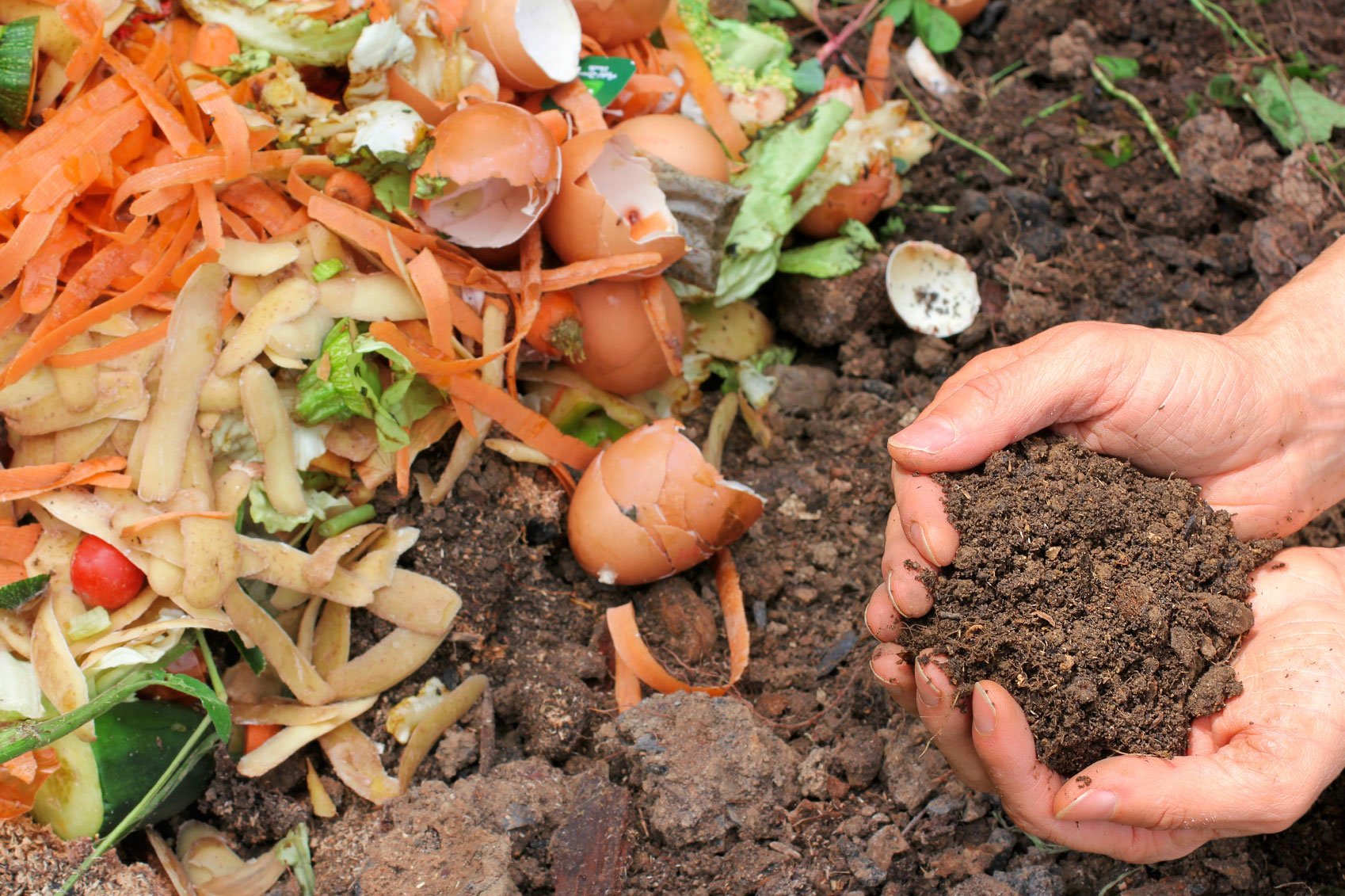Ingenious Techniques in Red Wiggler Composting to Improve Your Plant food
Checking Out the Systems of Red Wiggler Composting: A Comprehensive Guide to the Process and Its Positive Influence On Lasting Gardening Practices
The complex mechanisms of red wiggler composting, making use of the one-of-a-kind physiology of Eisenia fetida, offer a compelling method for enhancing lasting gardening techniques. As metropolitan horticulture gains grip, comprehending the subtleties of this composting technique comes to be increasingly pertinent.
Comprehending Red Wigglers
Red wigglers, medically called Eisenia fetida, are a species of earthworm extremely concerned for their efficiency in composting natural waste. These worms prosper in nutrient-rich environments, particularly in decaying raw material, making them excellent for vermicomposting systems - Red Wiggler Composting. Identified by their reddish-brown coloration and segmented bodies, red wigglers are smaller sized than usual earthworms, normally determining in between 3 to 4 inches in size
Their unique physiological attributes improve their composting capabilities; for example, they possess a high reproductive price, enabling populations to increase rapidly under suitable problems. Red wigglers consume natural product, breaking it down with their digestive system systems, which leads to nutrient-rich castings that work as an excellent natural plant food. Their starved appetite enables them to refine big quantities of food waste effectively, significantly minimizing land fill payments.
In enhancement to their composting prowess, red wigglers play a vital duty in dirt wellness. Red Wiggler Composting. They freshen the dirt and help with the decay of raw material, more improving the dirt ecological community. Recognizing the attributes and ecological benefits of red wigglers is crucial for anyone aiming to apply sustainable gardening methods through reliable composting methods
The Composting Process
The composting procedure entails damaging down natural materials into nutrient-rich garden compost, a task that red wigglers succeed at due to their specialized digestive system systems. These worms eat food scraps, yard waste, and various other raw material, changing them right into useful garden compost via a series of organic and chemical processes.
Initially, the natural issue is combined with bed linens materials such as shredded paper or dried leaves, producing an optimal atmosphere for the worms. As the red wigglers ingest this mix, they break it down via their digestive tract, where microbes better disintegrate the product. This process creates warm, promoting microbial activity, which increases disintegration.

Benefits of Red Wiggler Composting
Eco-conscious people and lots of garden enthusiasts identify the various benefits of red wiggler composting, making it a preferred selection for effective waste management. One of the key benefits is its ability to substantially lower organic waste in land fills - Red Wiggler Composting. Red wigglers successfully damage down kitchen area scraps and various other eco-friendly materials, changing them right into nutrient-rich vermicompost that enriches soil health
Moreover, red wiggler composting improves soil structure and fertility. The resulting vermicompost is including useful bacteria, which promote plant growth and improve nutrient retention. This all-natural fertilizer not just supports sustainable horticulture techniques yet also minimizes click here for info dependence on chemical fertilizers, cultivating a healthier environment.
Furthermore, red wiggler composting is a space-efficient approach, making it perfect for city gardeners with minimal space. The procedure can be carried out inside your home or outdoors, allowing for year-round composting despite climate conditions. Red wigglers are low-maintenance organisms that require marginal treatment, making them easily accessible for amateur gardeners.
In essence, the advantages of red wiggler composting extend past waste reduction; they add to healthier soils, lasting gardening techniques, and environmental stewardship, positioning it as a valuable technique in modern gardening.
Finest Practices for Composting
For effective red wiggler composting, sticking to best techniques is vital to make best use of performance and make certain an effective environment for these worms. This equilibrium promotes ideal disintegration and improves the worms' wellness.
Next, screen moisture levels, intending for a wet, sponge-like uniformity. Overly damp problems can bring about anaerobic disintegration, while excessive dry skin may impede worm activity. Furthermore, guarantee correct oygenation by transforming the garden compost routinely, which assists stop compaction and permits adequate oxygen flow.
Temperature is one more essential factor. Keep a range of 55 ° F to 77 ° F(13 ° C to 25 ° C) to advertise worm activity and microbial development. Avoid presenting meat, milk, and oily foods, as these can attract bugs and create smells.
Enhancing Lasting Horticulture
Lasting horticulture personifies an all natural method that integrates ecological concepts with sensible gardening methods. By including methods such as red wiggler composting, garden enthusiasts can considerably boost their methods, promoting an extra resistant ecosystem. Red wigglers, renowned for their effective decay capabilities, transform organic waste into nutrient-rich compost, therefore enhancing the dirt without counting on chemical fertilizers.
Executing lasting horticulture techniques, such as crop turning, buddy planting, and mulching, more matches the benefits of composting. These practices not only boost soil structure and fertility yet likewise advertise biodiversity, bring in advantageous pests and organisms that add to grow health. Using native plants can reduce water intake and reduce maintenance, straightening with water conservation initiatives.

Conclusion
In final thought, red wiggler composting stands for a crucial approach for enhancing sustainable horticulture techniques. Ultimately, the adoption of red wiggler composting can considerably add to environmentally friendly horticulture, profiting both metropolitan and novice garden enthusiasts in their farming efforts.
The complex mechanisms of red wiggler composting, using the special physiology of Eisenia fetida, offer an engaging opportunity for improving lasting horticulture methods. Recognizing the characteristics and ecological benefits of red wigglers is crucial for anybody looking to apply lasting horticulture practices via efficient composting techniques.

In conclusion, red wiggler composting stands for an essential method for improving sustainable horticulture techniques. Inevitably, the fostering of red wiggler composting can substantially contribute to read here environment-friendly gardening, profiting both metropolitan and beginner garden enthusiasts in their cultivation initiatives.